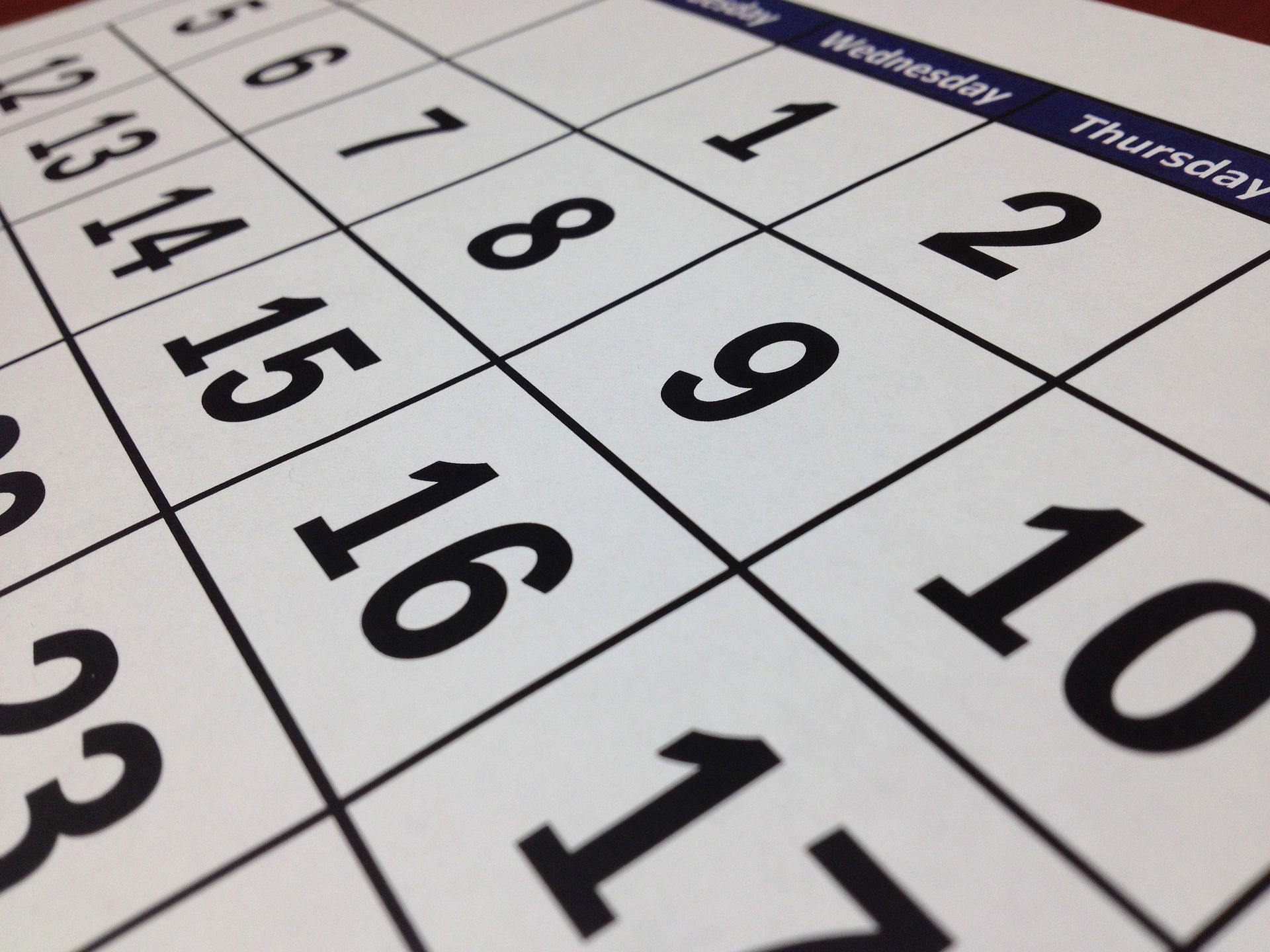The Winter of our Discontent is Forgotten in May

The Winter of our Discontent is Forgotten in May!
Colors so hot, they’re “cool”... and colors so cool, they’re “hot!” If a little inspiration is what you need, then stroll with me through the quiet of an early morning garden center. Early May finds the bedding department filled with hardy perennials, as well as cool weather veggies and the most cold tolerant of annuals. Mid-May, Mother’s Day weekend in particular, finds the garden center bursting with color! Hybrid roses, fruit trees, small fruits, vegetable seedlings, annuals, perennials, patio specimens, hanging baskets, trees, shrubs and evergreens...this really is the best weekend for selecting your favorites...or your Mom’s. In late May, we’re still enjoying an abundance of color from so many woody ornamentals... deciduous azaleas, red twig dogwood, Rutgers hybrid dogwoods, cotoneaster, broom, deutzia, enkianthus, mountain laurel, mockorange, large-leaf rhododendrons, spirea, dwarf Korean lilac and weigela.
Late May...May 30th in particular, signals that we are past the threat of frost and truly ready to plant our most tender annuals, herbs and vegetables. We are confident that soils have warmed sufficiently to accommodate our tender, heat-seeking tomato and basil transplants. Don’t worry if you’re late hardening-off tomato, eggplant, pepper and basil seedlings. As soil temperatures rise, these warm-climate natives will soon catch up and surpass seedlings planted earlier, in cool soils. Direct-sow cucumber and squash seeds in late May, as these heat seekers progress rapidly with optimum soil temps. Sweet corn does best in warm soils, so late May/early June is fine for sowing. A great season extender? Choose early, mid and late-season varieties.
Tomatoes like red! Based on mounting evidence that tomatoes respond to the color red, with earlier and increased production, you’ll find red plastic mulches and red tomato cages and stakes becoming more widely available. They also add a bright note to the vegetable garden!
Direct-sow the seeds of beans, beets, carrots, radishes parsnips and chard. Lettuce and most of the previous crops, can be sown several times during the growing season... sidedress with organic, granular fertilizer each time you reseed (Espoma Garden-tone®, etc.), foliar feed every 10-14 days with Gloucester’s own Neptune’s Harvest® fish/seaweed blend liquid fertilizer and enjoy the results! Before it gets much warmer, plant those broccoli, cabbage, cauliflower, head lettuce and parsley seedlings.
Gardener’s Secret: Cutting back fall asters, garden mums, Montauk daisies and Autumn Joy sedum, every two weeks through mid to late July, results in stockier plants with the top-size blossoms you expect. To enhance the effect, apply a water-soluble, organic fertilizer like one of Neptune’s Harvest® or Coast of Maine® liquid, organic fertilizers.
Your local, independent garden centers are brimming with color, inspiration and products to help make this one of your best growing seasons ever. Knowledgeable staff members await your questions and dilemmas, at the ready with practical answers and proven solutions.
Happy Mother’s Day from everyone at Corliss Bros. Garden Center & Nursery!
Written by Deb Lambert for Corliss Bros. Garden Center, 31 Essex Rd, Ipswich, MA


